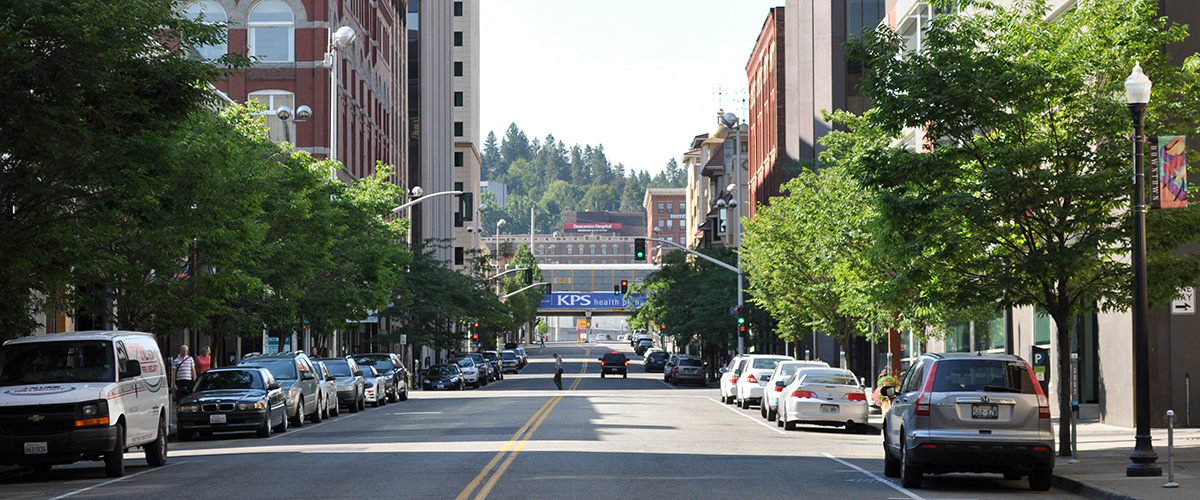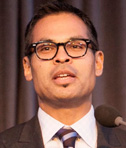Collaboration Community Engagement Incarceration Trends August 1, 2017
As Albert Einstein said, “We can’t solve problems by using the same kind of thinking we used when we created them.” It’s hard to imagine a better example of the need for new ways of thinking than in the difficult challenge of criminal-justice reform at the local level of government. Whether you’re driven by a passion for restorative justice, concerned about safety in your community, or looking for ways to get runaway costs under control, criminal-justice reform benefits everyone.
In Spokane, Wash., we’re dealing with the same criminal-justice issues that jurisdictions throughout the nation face. Our regional criminal-justice system is expensive, yet we’re collectively not getting the results we want: Our jail continues to be overcrowded, and recidivism rates are too high. System-level change is necessary, yet also very difficult. Our regional philosophy is to lead the necessary change instead of letting change lead us, and as regional government executives our collaborative leadership is crucial.
Recognizing that our local governments can no longer afford to continue performing services that are duplicative or fail to deliver desired outcomes, Spokane County and the city of Spokane have jointly committed to a regional partnership to find a better way. Our mission is to effectively change our predominantly offense-based, punishment-focused criminal-justice system into one that is offender-based and rehabilitation-focused.
As senior leaders, we like to stress the point, “You can’t face it if you can’t see it.” So we’re using a very structured, project-based approach to identify areas for improvement, taking the necessary time up front to clearly “see” each problem through facts and data. Further, we demand solutions from our project teams that will deliver better system outcomes without requiring more taxpayer money. A recent example: In the past year, we spent less than 50 percent of the original estimate on our new computer-aided dispatch/records management system for 911 services. That equated to millions of taxpayer dollars saved.
After defining and agreeing upon a specific system problem, we formally charter a project to address it that defines the sponsor, project manager, allocated budget, team members and stakeholders, objectives and deliverables, assumptions and risks, and timeline. Our Spokane Regional Law and Justice Council (SRLJC) approves these charters, provides overall governance and receives frequent updates on projects.
Aligning our vision to that of the Safety and Justice Challenge, a national, foundation-supported effort to reduce over-incarceration, has made all the difference in this effort. Our SRLJC has recently hired a regional criminal-justice administrator who has brought us a nationally recognized skillset and is effectively working with our key stakeholders, including community members, to implement our improvements. And thanks to our partnership with the Challenge, our pretrial services team has been expanded by six members and has recently implemented an innovative tool called the Spokane Assessment for Evaluation and Risk (SAFER) to reduce unnecessary incarcerations.
As a result, we’ve significantly expanded monitoring services across all three of our courts to safely supervise individuals in our community instead of housing them in jail. Last month we conducted 841 SAFER risk assessments, which recommended that we release and/or monitor 65 percent of these individuals. And we’ve reduced our average daily jail population by 6.7 percent over the past five months.
Of course, a key part of any reform effort like what we are undertaking is to make sure that taxpayer money is spent wisely and effectively. The county and the city share the burden of a $220-million-a-year criminal-justice system. If we can collectively be just 10 percent smarter, more efficient and more creative, we can reinvest $22 million annually to improve our criminal-justice system while also enhancing public safety. Cost savings generated from smarter ways of delivering higher-quality service, along with investments from non-government partners, will allow us to create new, evidence-based programming and support facilities, which will result in reduced recidivism and accelerated rehabilitation.
Just building an effective multi-jurisdictional, regional team to solve our criminal-justice challenges has proved to be a herculean effort in innovation. We’ve learned that it is impossible to touch one part of the criminal-justice system without impacting other parts. It’s only through the collaboration of our county and city forces that we’re able to make these commitments to new, dynamic investments in an environment in which each of our individual agencies is severely financially constrained.
We’ve already made impressive progress. But there is so much more to do, and many years of difficult decisions and actions lay ahead. With the foundation we’ve built around a shared vision, we believe that we will be able to lean into the effort together and build a far better criminal-justice system for our community.
This post was also published on Governing.

